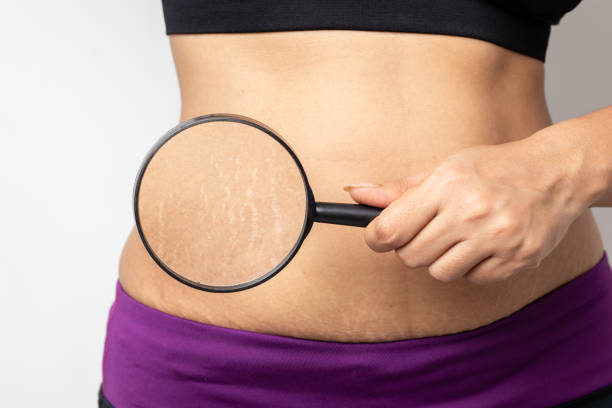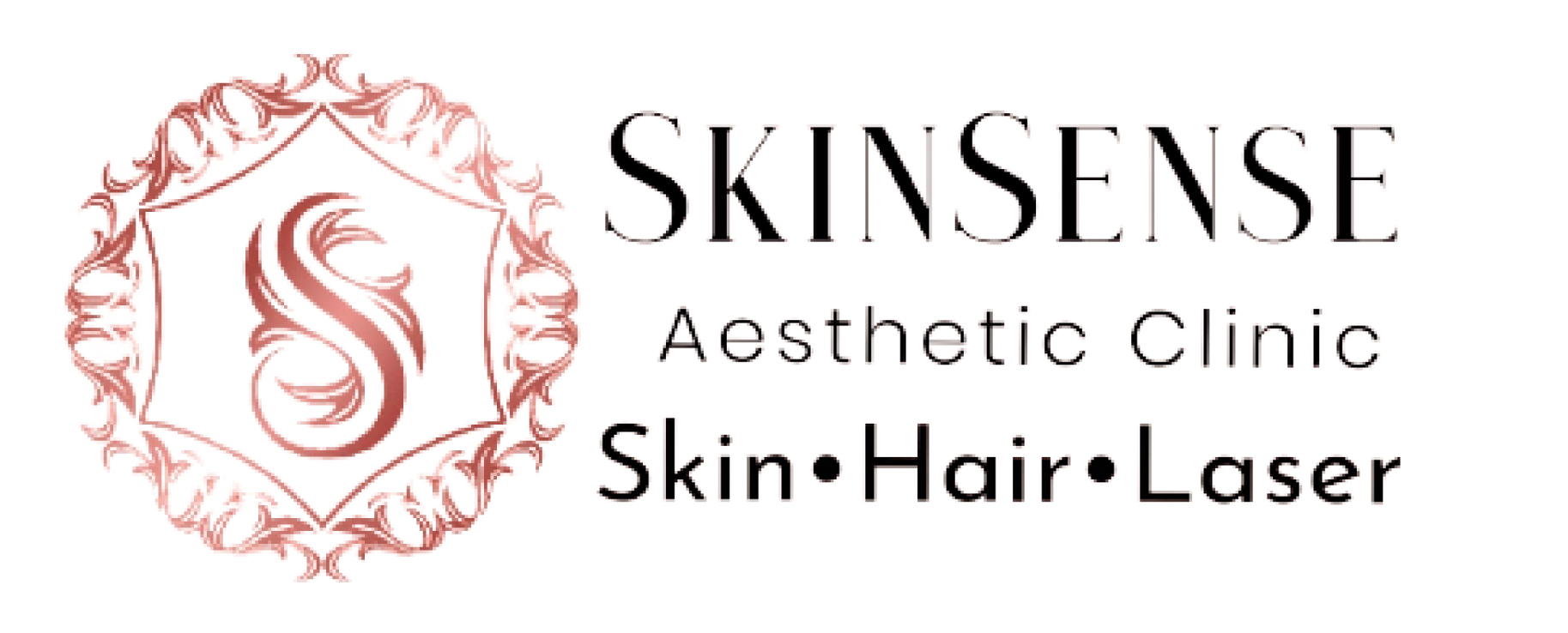
Stretch marks, also known as striae, are visible lines or streaks that appear on the skin. They commonly occur when the skin is stretched rapidly or excessively, causing the underlying connective tissues to tear.
Causes of Stretch Marks
The most common causes of stretch marks are as follows
- Rapid Growth: During periods of rapid growth, such as puberty or pregnancy, the skin may stretch quickly, leading to the formation of stretch marks.
- Pregnancy: The abdomen, breasts, and thighs are commonly affected by stretch marks during pregnancy as the skin stretches to accommodate the growing baby.
- Weight Fluctuations: Significant weight gain or loss can cause the skin to stretch or contract rapidly, resulting in the development of stretch marks.
- Hormonal Changes: Hormonal fluctuations, particularly in puberty or with certain medical conditions, can weaken the skin’s elasticity and increase the likelihood of stretch mark formation.
Stretch marks typically appear as reddish or purplish streaks on the skin, but over time, they tend to fade and become lighter in color. They may have a different texture than the surrounding skin and can appear as slightly depressed or raised lines. While stretch marks are harmless and do not cause any medical complications, they can be a source of concern for some individuals due to their appearance. Although it’s challenging to completely remove stretch marks, various treatments can help improve their visibility, including
- Topical Creams and Oils: Certain creams and oils containing ingredients like retinoids, hyaluronic acid, or vitamin E can help improve the appearance of stretch marks by promoting collagen production and enhancing skin hydration.
- Laser Therapy: Laser treatments, such as fractional laser resurfacing or pulsed dye laser, can stimulate collagen production and help fade stretch marks by targeting the affected areas.
- Microneedling: This procedure involves using tiny needles to create controlled micro-injuries in the skin, triggering collagen production and aiding in the reduction of stretch marks.
- Chemical Peels: Superficial chemical peels can help improve the appearance of stretch marks by exfoliating the top layer of skin and promoting new skin cell growth.
- Microdermabrasion: This procedure involves using a handheld device to exfoliate the skin’s surface, helping to reduce the appearance of stretch marks by promoting skin renewal.
The effectiveness of these treatments can vary depending on individual factors such as skin type, age of the stretch marks, and overall skin condition. At Skin Sense Aesthetic Clinic, our experienced skincare professionals will determine the most suitable treatment options for addressing stretch marks and achieving the desired results.

